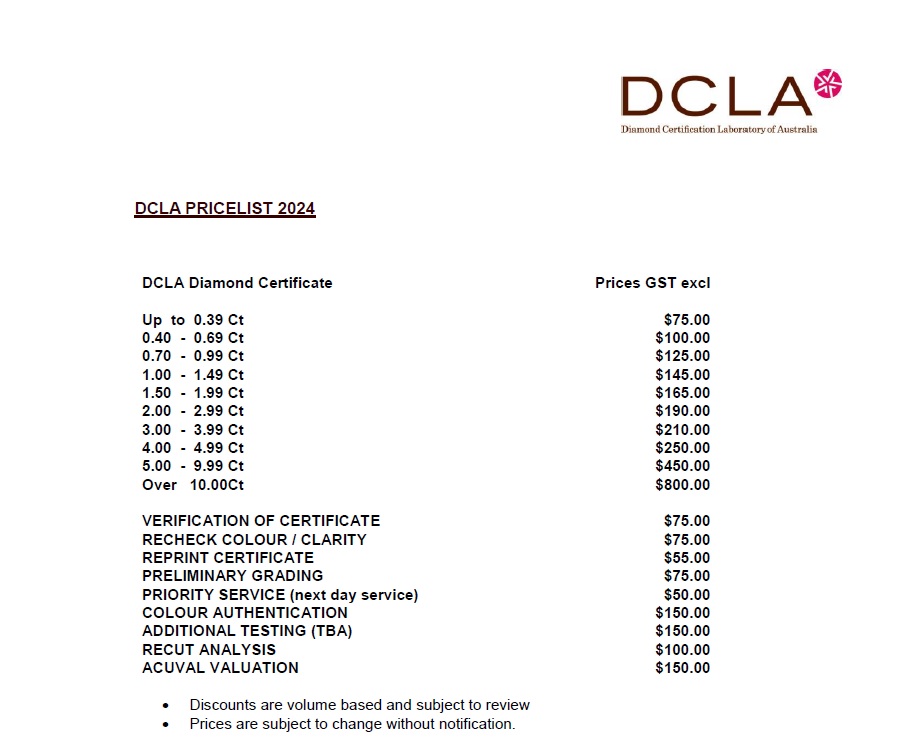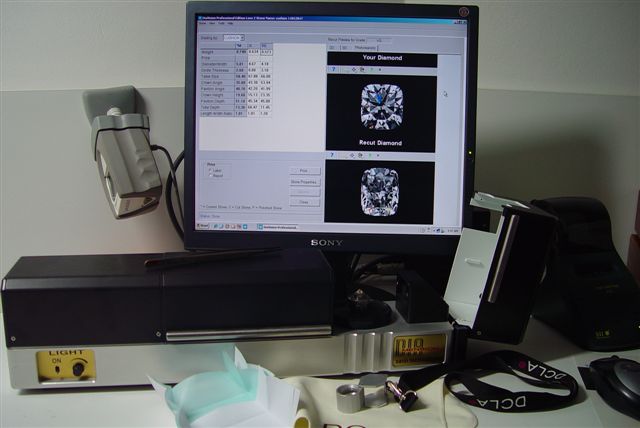The Duchess of Sussex wore the dramatic diamond earrings to a state dinner in Fiji, three weeks after the Saudi crown prince allegedly ordered the killing of journalist Jamal Khashoggi.
Meghan Markle’s representatives hit back Tuesday at a bombshell news report that she faced an official complaint of bullying from several Kensington Palace staff members, and blasted “spurious allegations” related to another problematic choice — a pair of earrings worn to a state dinner in Fiji.
As reported by the Times in the UK, the Duchess of Sussex wore diamond earrings to the dinner during her and Prince Harry’s visit there in 2018. The Times said the earrings were a wedding gift from controversial Saudi Crown Prince Mohammed bin Salman, the Times said.
The dinner, hosted by the president of Fiji, took place three weeks after Washington Post journalist Jamal Khashoggi was murdered at the Saudi embassy in Turkey a killing that U.S. intelligence agencies say was ordered by bin Salman.
At the time, multiple outlets, including Elle, reported that the dramatic diamond earrings were borrowed from the royal family.
According to the Times, the duchess didn’t deny that she said the earrings were borrowed, “despite being aware of their provenance.” But in a statement, her spokesperson objected to “spurious allegations regarding the use of gifts loaned to the duchess by the Crown.”
People magazine reported that the earrings were gifted on March 7, 2018, from the Saudi royal family, who is represented by bin Salman. The crown prince met with the queen at Buckingham palace during a three-day visit to launch a Saudi U.K. economic and investment partnership. At the time, bin Salman was viewed by Western leaders and the media as a potential force for progressive change in the Middle East, but that view changed with the death of Khashoggi.
Neither Meghan or Harry was present when the earrings were received by Buckingham Palace, People said. As is protocol, any wedding gift of this nature remains the property of The Crown, People added. According to The Sun, her lawyers said that her were aware who the earrings were from, while Meghan wasn’t aware of rumors that bin Salman was involved in Khashoggi’s murder.
The Times report comes five days before Meghan and Harry are set to appear on CBS in a highly-anticipated, “wide-ranging” interview with Oprah Winfrey. It appears timed to cast Meghan in a less glowing light.
The Times report said current and former palace employees approached the newspaper, concerned that the Winfrey interview would be one-sided and that the palace had not adequately addressed their concerns about the bullying.
The interview already has been recorded, and the legendary talk-show host says in promotional ads that the couple reveal “shocking things” about Meghan’s “almost unsurvivable” time in the royal family. The couple also are expected to discuss their decision to stop being working royals and re-locate to Meghan’s home state of California.
A spokesperson for the Sussexes said the bullying allegations reported by the Times make them victims of “a calculated smear campaign” that is based on “misleading and harmful misinformation.” The statement said the duchess was “saddened by this latest attack on her character, particularly as someone who has been the target of bullying herself and is deeply committed to supporting those who have experienced pain and trauma.”
Attorneys for the Sussexes also refuted the bullying allegations, saying that The Times is “being used by Buckingham Palace to peddle a wholly false narrative.”
The fact that such allegations are being aired publicly shows how bitter the conflict has grown between the Sussexes and the royal establishment since the couple left the U.K. at the end of 2019.
The employees told the Times they were bullied by the U.S.-born former TV actress after she married Prince Harry in May 2018. One former employee, who was not named in the Times story, said they had been personally “humiliated” by Meghan, while another aide discussed experiencing “more like emotional cruelty and manipulation.”
An official October 2018 complaint, made by Jason Knauf, the couple’s communications secretary at the time, also said Meghan drove two personal assistants out of the household and was undermining the confidence of a third staff member, the Times said.
Royal sources additionally told the Times about a tense atmosphere in Kensington Palace where Meghan and Harry lived alongside Prince William and Kate Middleton until splitting their Sussex and Cambridge households at the beginning of 2019. The Times said staff would be “reduced to tears,” while another, anticipating a confrontation with Meghan, reportedly told a colleague: “I can’t stop shaking.”
The Times report also said staff had a “difficult” time on the couple’s royal tour of Australia, New Zealand, Fiji and Tonga in October 2018. Meghan had just announced she was pregnant with their son, Archie, and the tour was widely covered, with reporters covering every move she made and every outfit she wore.
Fashionistas raved about the “showstopper” blue cape Safiyaa gown Meghan wore to the dinner hosted by the president of Fiji. It was her first state dinner, and Elle reported that she accessorized the gown with earrings that were “borrowed from the royal family.”
At the time, Elle said Kensington Palace wouldn’t confirm to reporters which member of the royal family she borrowed the earrings from, but “some speculate it was the queen.” Another publication, The Court Jeweler, agreed that the earrings “definitely made a statement,” but thought they might have been borrowed from her mother-in-law, Camilla Parker Bowles.
Several months later, People magazine, citing a Daily Mail report, described how Meghan had been especially eager to make a good impression at the state dinner in Fiji. She wanted to complete her look with a tiara but Prince Charles said no, explaining to her that wearing such a sparkling accessory would be viewed as too “extravagant” in some Commonwealth countries.
Tiaras are usually reserved for royal weddings or state banquets with visiting dignitaries at Buckingham Palace, People explained.
“Meghan did not understand all of this because she was new to the role and so Prince Charles told her that it would not be appropriate,” the source told the Daily Mail at the time. Charles’s advice was “kindly” dispensed.
Source: mercurynews












